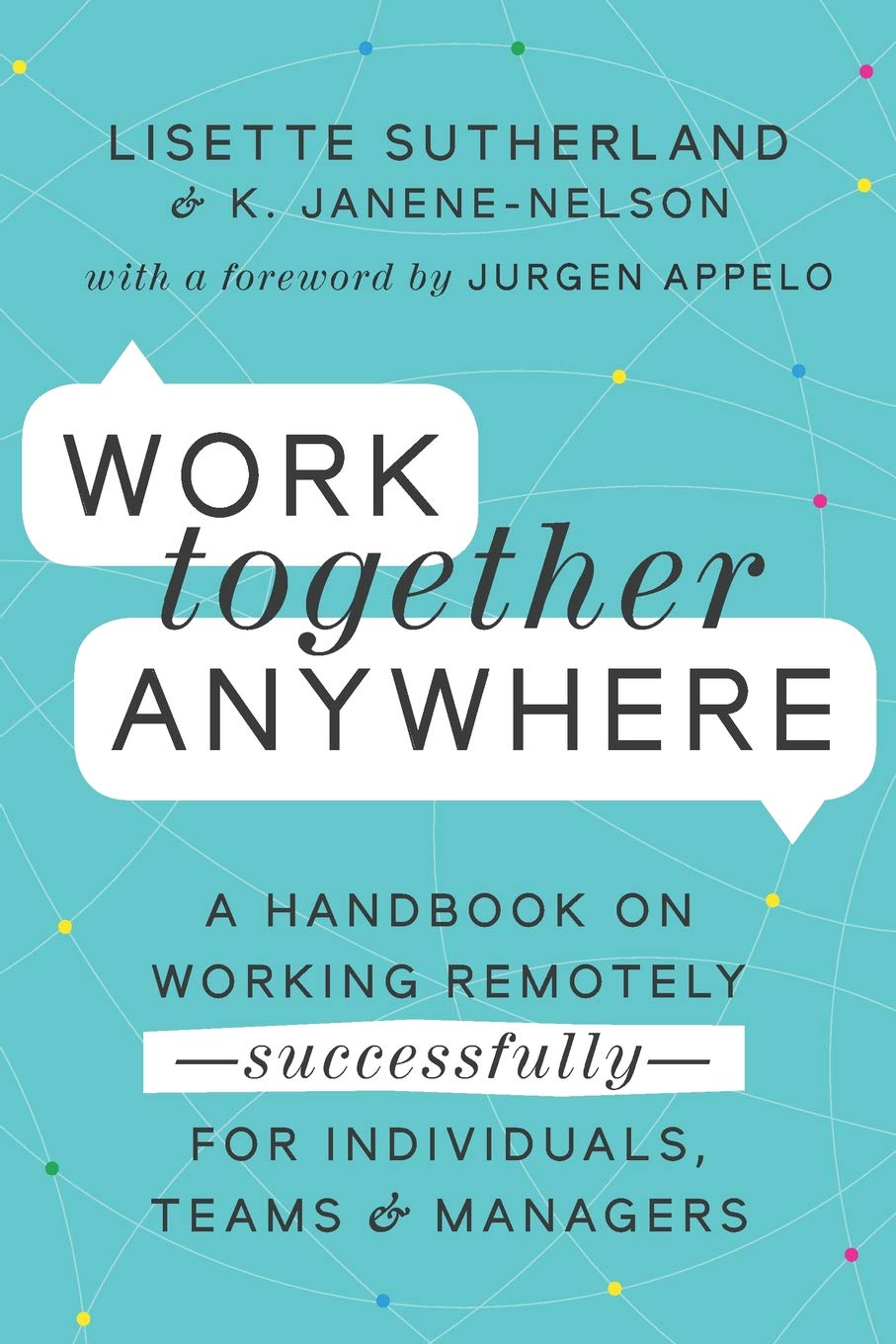Today’s hustle culture often puts work above family, friends, hobbies, and other important aspects of life. The realization usually comes too late, when burnout and stress make life harder. This article will discuss how caring for your body and mind can boost productiv
Build a strong remote work culture
When casual lunch chats disappear and you barely remember what your teammates look like below the waist, maintaining a healthy remote team culture gets tough. Yet it’s vital for productivity — so here are key strategies to help build it.
Key takeaways
Remote work culture requires a mindful approach and attention to communication, team rhythm, and identity
Clear rules, support for engagement, and recognition of achievements strengthen team spirit and boost loyalty
Asynchronous work helps increase productivity and reduce interruptions, improving employee focus
Introduction
From an anti-crisis measure during the pandemic to a well-established and preferred working model embraced by countless companies around the world — what a ride, huh?
Still, for all its perks — freedom, flexible schedules, and all the money saved on clothes because you’re basically living in pajamas now — remote work does come with one major drawback: the loss of the natural social “glue” that used to hold teams together.
No more coffee break banter, no more fiery geopolitical debates in the smoking area — you get the idea.
And those things actually mattered. All those little interactions added a much-needed sense of community to company life. Without them, the risk of misunderstandings and low team morale has reemerged as a major challenge for modern organizations.
Without a structured and intentional approach to remote work culture, that sense of isolation only festers, and it can seriously impact both productivity and mood. And spotting potential conflicts over Zoom is… difficult, to say the least.
Barriers to building remote culture
So, you’ve probably guessed already that simply transferring all your little communication rituals from the office to a Zoom call isn’t going to cut it. Working remotely means operating in a completely different environment that requires a completely different approach. The devil is in the details, as they say:
- The illusion of communication. When all interaction moves to text, it’s easy to create a sense of busyness and alignment. But in reality, employees can misunderstand each other, lose context, and feel a lack of real human connection.
- Lack of shared rhythm. In a distributed team, there’s no unified schedule, which makes it harder to synchronize efforts and maintain team dynamics.
- Lower emotional tone. Without offline contact, people burn out faster, lose motivation, and the culture becomes dry and overly formal.
- Blurred identity. Without a well-developed virtual culture, employees may not feel part of something bigger, especially new team members.
Understanding these barriers is the starting point. Overcoming them requires a systematic and strategic approach to building a remote culture.
Strategies for building a remote work culture

So yes, a new approach is definitely needed here. Don’t worry, though — there’s nothing particularly difficult to grasp. Just make sure to summon all the trust you have in your coworkers, because, in fact, trust is the core element of everything listed below:
- Implement asynchronous work. In a remote setting, it’s crucial to make space for asynchronous work, where employees can complete tasks on their own time without constant syncs. This helps reduce interruptions and boosts productivity, especially for tasks that require deep focus.
- Clear and transparent work rules. Create clear, understandable, and fair guidelines. Employees should know exactly who can work remotely and when, to avoid frustration and misunderstandings that could impact turnover and performance.
- Create space for informal communication. Host online events not directly tied to work — games, contests, virtual tea breaks. These allow employees to get to know each other better and build personal connections, strengthening team spirit.
- The right to disconnect. Ensure employees have the option to ignore work-related messages outside of set working hours. It’s important they don’t feel pressured to stay available while their colleagues are offline. Actively implement measures that allow the team to fully disconnect during their free time.
- Focus on engagement and recognition. Develop a system of public recognition: praise employees for their achievements during team meetings, create an “achievement system” with bonuses or rewards. Even a simple “thank you” in chat can significantly boost engagement.
- Lead by example. Leaders should set an example by working remotely themselves when possible. This helps eliminate bias and bridges the gap between office and remote work. It’s crucial that employees don’t feel that remote work is seen as less valuable.
You could say that these are more “psychological” than your usual methods of building in-office morale. And it’s fair – when you’re miles away from each other, communication skills need to get a proper boost to get the job done.
Interesting fact 
In France, there is an official law that gives employees the right not to answer calls or read work-related emails during their vacation.
Related articles:
To improve team collaboration, explore the Agile project management: Effective project handling in 2025
To understand how to manage all aspects of the Product lifecycle management (PLM) software: A comprehensive guide
To ensure better project outcomes, familiarize yourself with Top benefits of project management software: Boosting efficiency and collaboration
Conclusion
Culture isn’t just the atmosphere within a team — it’s a strategic resource, especially in a remote environment. Companies that invest in their development build stronger, more productive, and more loyal teams.
Start with simple steps, introduce practices gradually, and watch your remote team evolve for the better.
Recommended reading 

“The Long-Distance Leader”
A practical guide for managers leading remote teams, with a focus on trust, results, and effective communication.
On Amazon
“Work Together Anywhere”
A detailed and structured manual on building a successful remote team, covering everything from daily workflows to team rituals and tech solutions.
On Amazon
“Remote Leadership”
A hands-on guide for leaders managing remote and hybrid teams, emphasizing trust, communication, and maintaining company culture.
On Amazon






